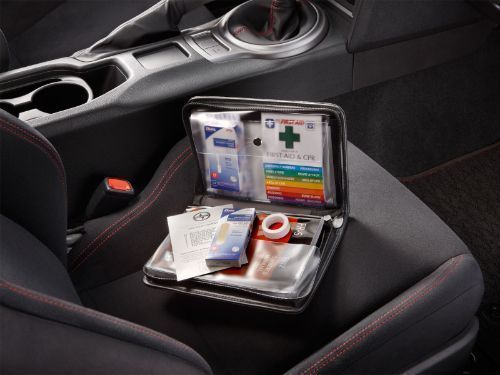
An efficient anti-bribery program is developed and implemented on a solid basis of risk assessment and opportunity management as per ISO 37001. It is a dynamic process that provides a business with a structured, hierarchical perspective of where the key inherent bribery risks and opportunities of the anti-bribery process are located. The outcomes of these risk analyses are used to build the controls to reduce or prepare for potential bribery hazards. The information obtained via risk assessment will influence the entire design of the anti-bribery management system, and a continuous risk assessment will guarantee that the design is always valid and improving. This process is strategic and crucial.
Risk and opportunity analysis of not giving Bribery is essential to structure a robust compliance and implementation program since resources and processes must be effective and will inevitably spread. Spending non-required time policing small entertainment and gift-giving instead of focusing on larger government bids, non-relevant payments to third-party consultants, or passing on excessive discounts to customers, resellers, and distributors may indicate an ineffective anti-bribery management program.
Risk assessment is a fundamental approach that, depending on the scope and depth of the process, may be used by businesses of all sizes. The following are some typical risk assessment methodology principles:
- Methodical: Repeat this procedure if it’s a systematic and continuous procedure.
- Vigilance: It involves brainstorming, risk assessment, comprehension, open-mindedness, and attentiveness.
- Completeness: It encompasses all of the company's operations and activities, including payments in kind and gifts.
- Focused: Resources and process assets are restricted; hence the emphasis should be on the risks that are the biggest (in terms of scale).
Most businesses deal with bribery risks in one way or another, but businesses are unsure if they have taken the right approach or created the right controls if they are unaware of the risks' magnitude, whether they lead to additional risks, where the risks are, how bribery can occur in which processes, which risks are the biggest (in terms of magnitude) for the business and its employees, regulatory risks, and which circumstances make bribery risks more likely. Also, providing ISO 37001 awareness training can benefit the organization.
- Ensure top-level commitment and oversight: The dedication of top management or all levels of management is essential for efficient risk management. To ensure an effective and ongoing risk assessment and guarantee that the process does not stall or degrade in quality, the board, senior management, and all other Management levels give leadership and accountability.
- The planning phase sets out the foundation for the process of risk assessment: The following factors should be taken into account by a planning team selecting the project leader, defining interested parties and their needs and expectations, allocating team responsibilities and authorities, identifying information sources, drafting a plan for risk assessment, and communicating the plan and requirements to those taking part in the exercise. For both process and employee competency, this is possible.
- Gather information: Make a complete list of the inherent/potential bribery risks to which the firm may be exposed due to the type and location of its operations. Identify possibilities in regions where anti-bribery legislation exists. Keep and maintain the ISO 37001 documents on hand for better future reference.
- Identify the bribery risks: The goal of this stage is to identify and investigate the actions and risk factors that may expose the firm to bribery risk. Recognize Opportunities.
- Evaluate and prioritize the risks: The risk evaluation stage analyses and prioritizes the kinds of bribery discovered in step 3 while taking the risk considerations in step 4 into account. A popular method is to prioritize risks using two variables: likelihood/probability of occurrence and possible detrimental impact/severity.
- Use the output of risk assessment: The results of risk assessments are used to analyze the anti-bribery program to design operational control processes and programs, as well as to determine the extent to which current controls need to be modified or added.


































